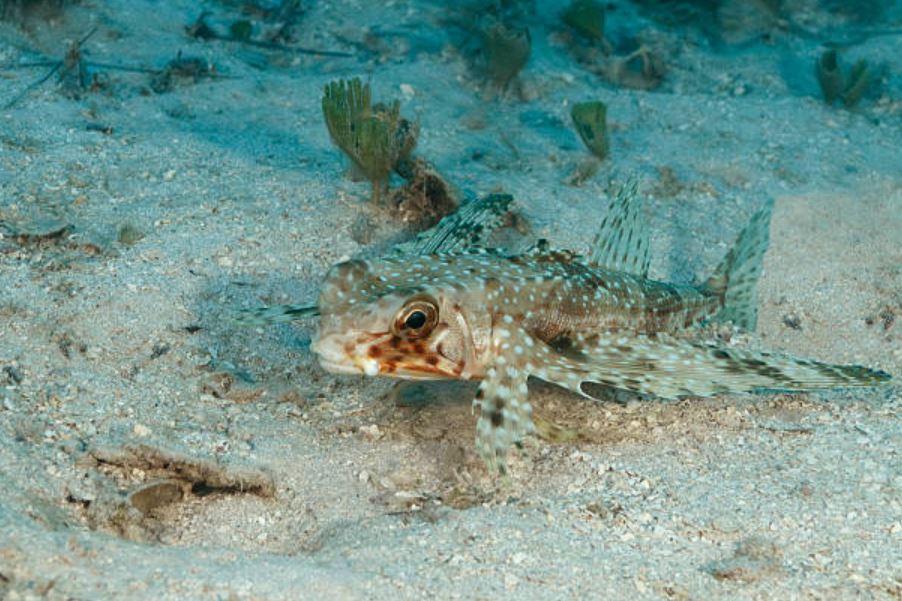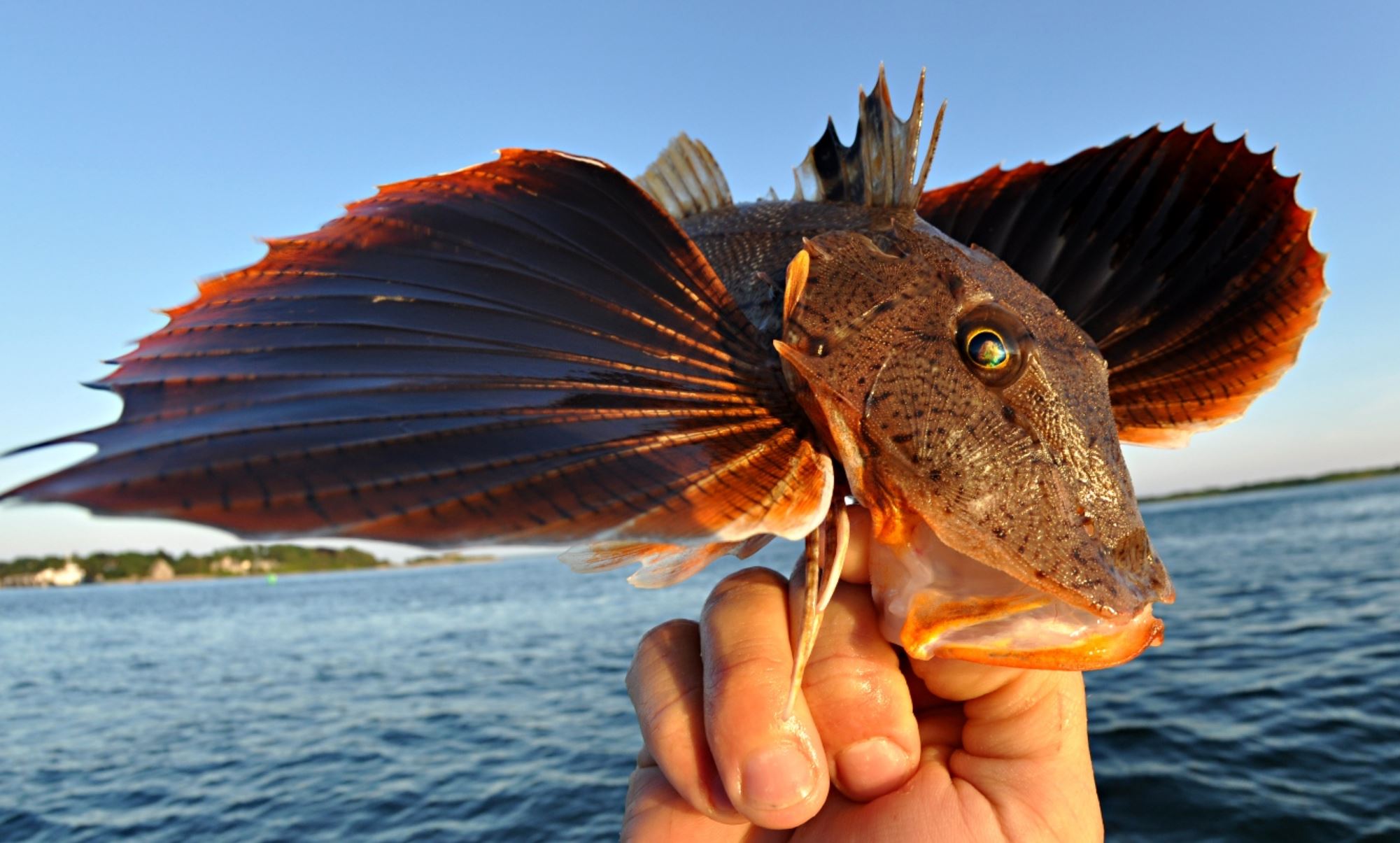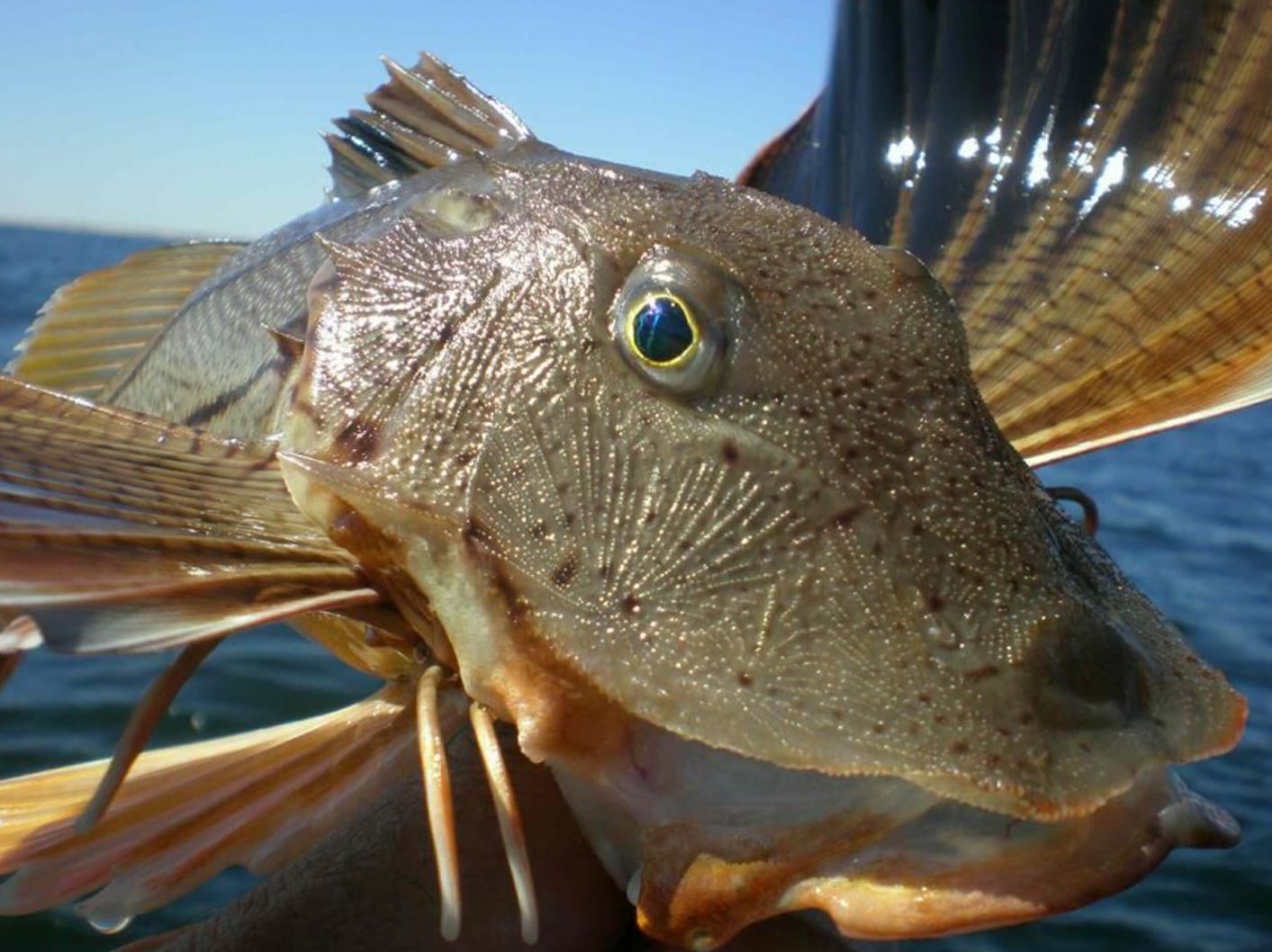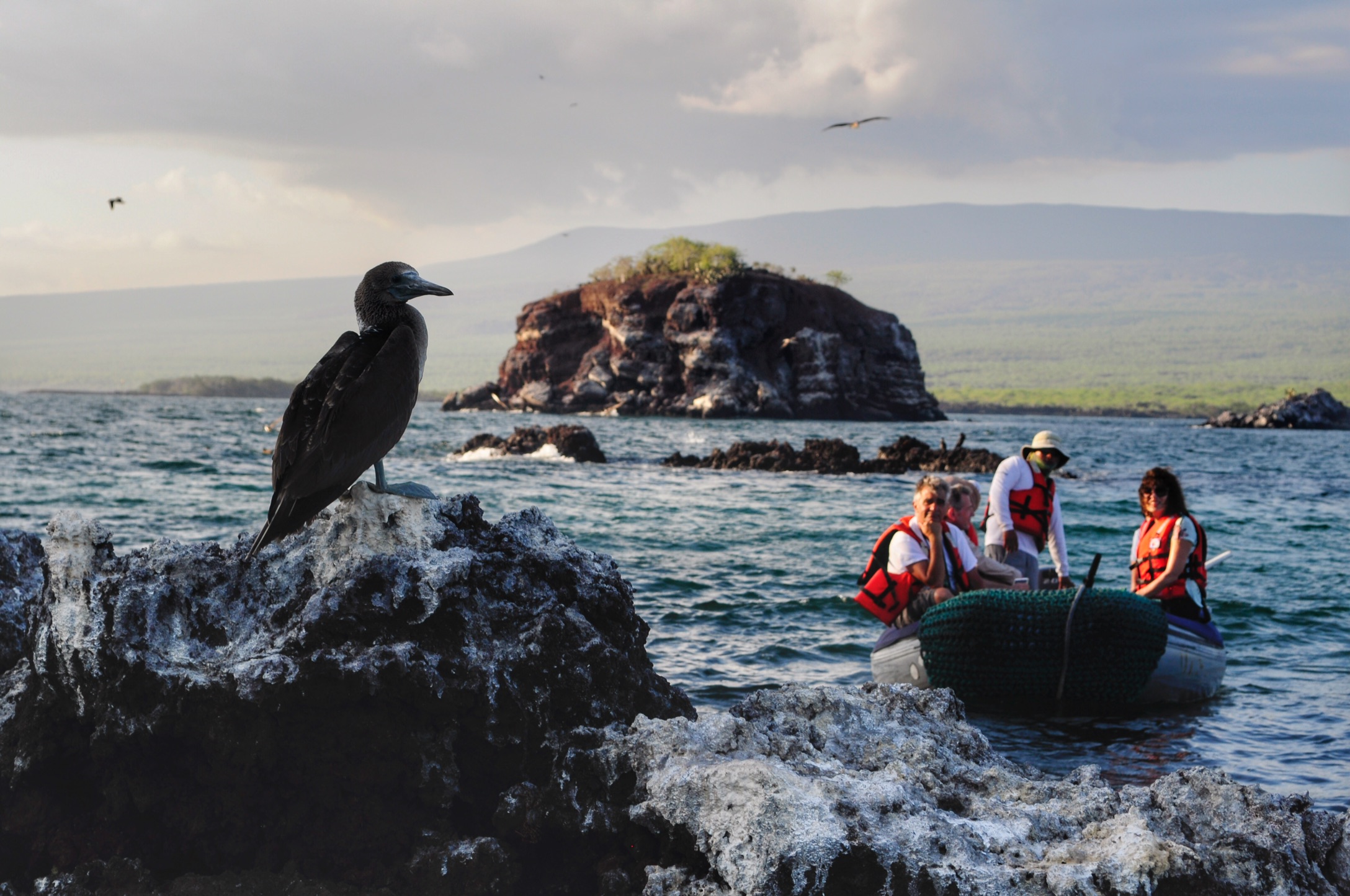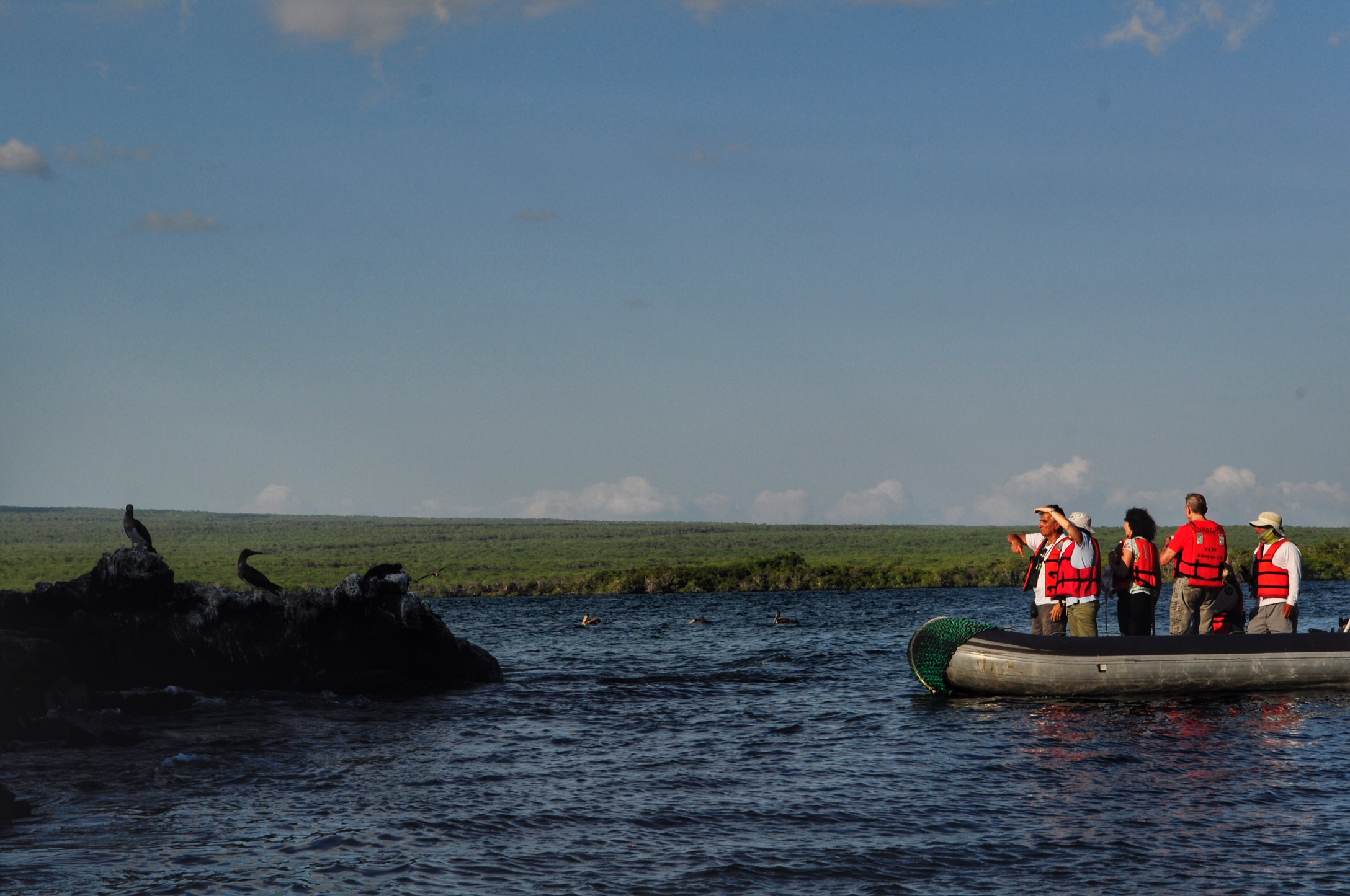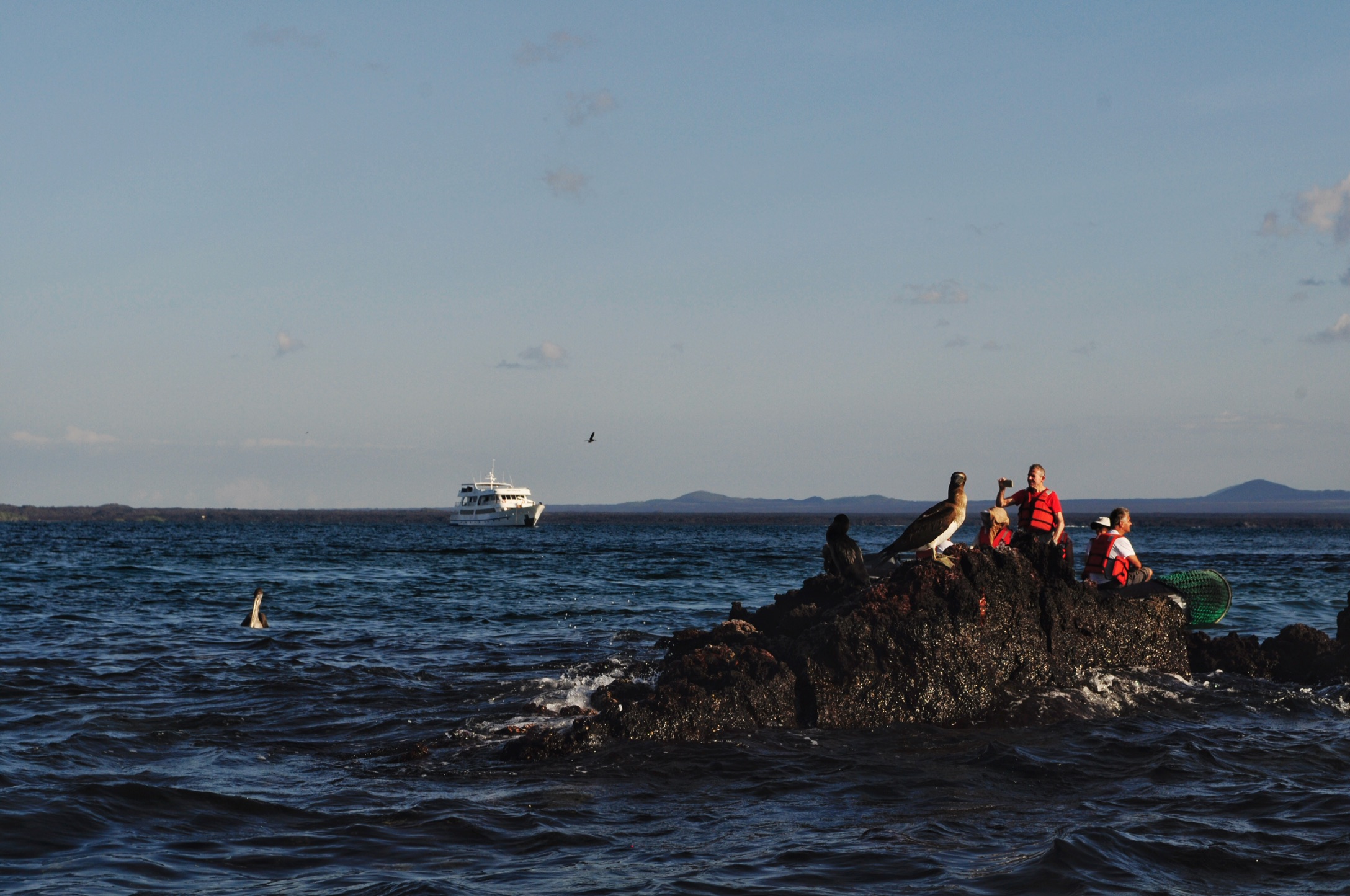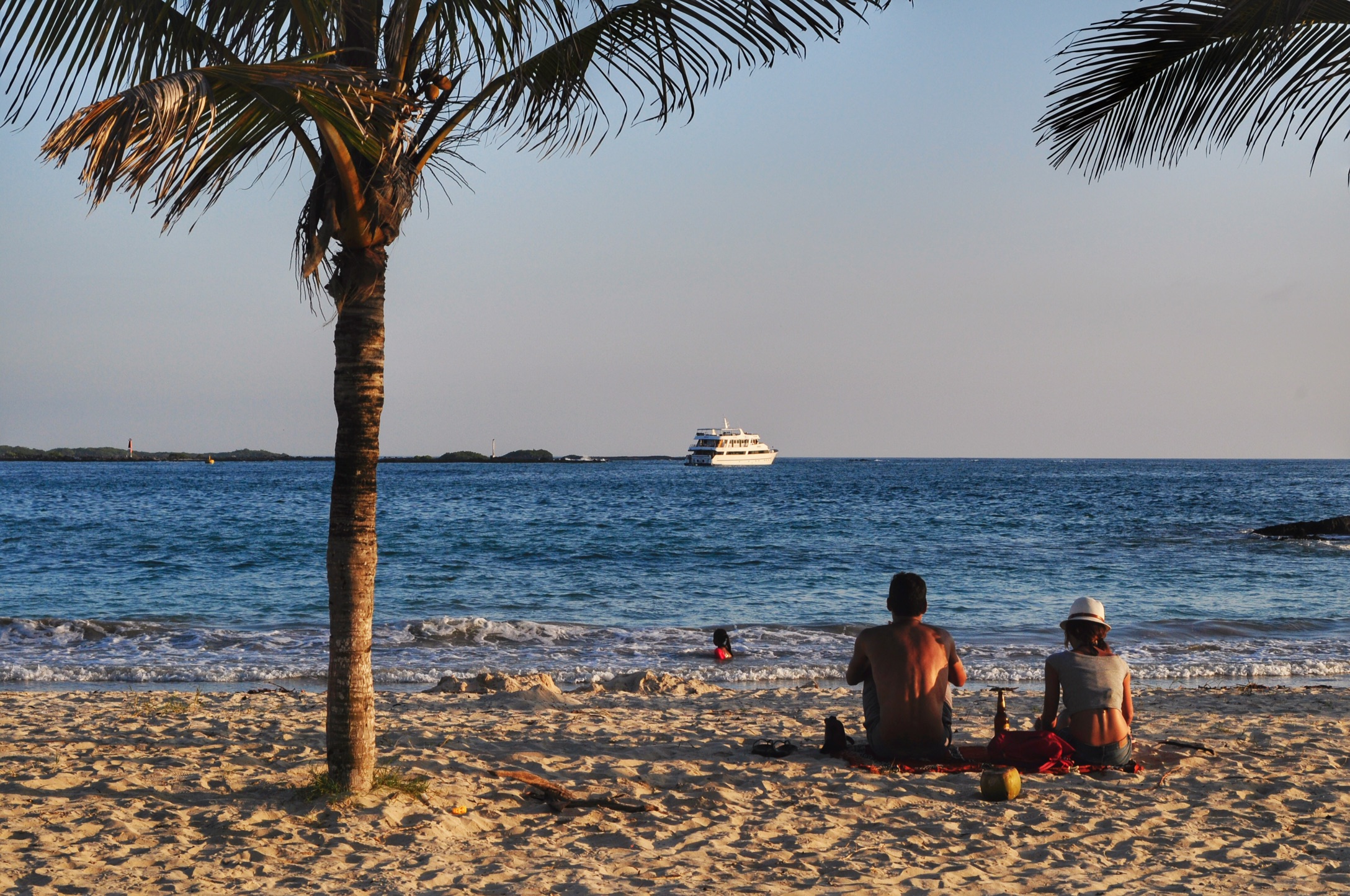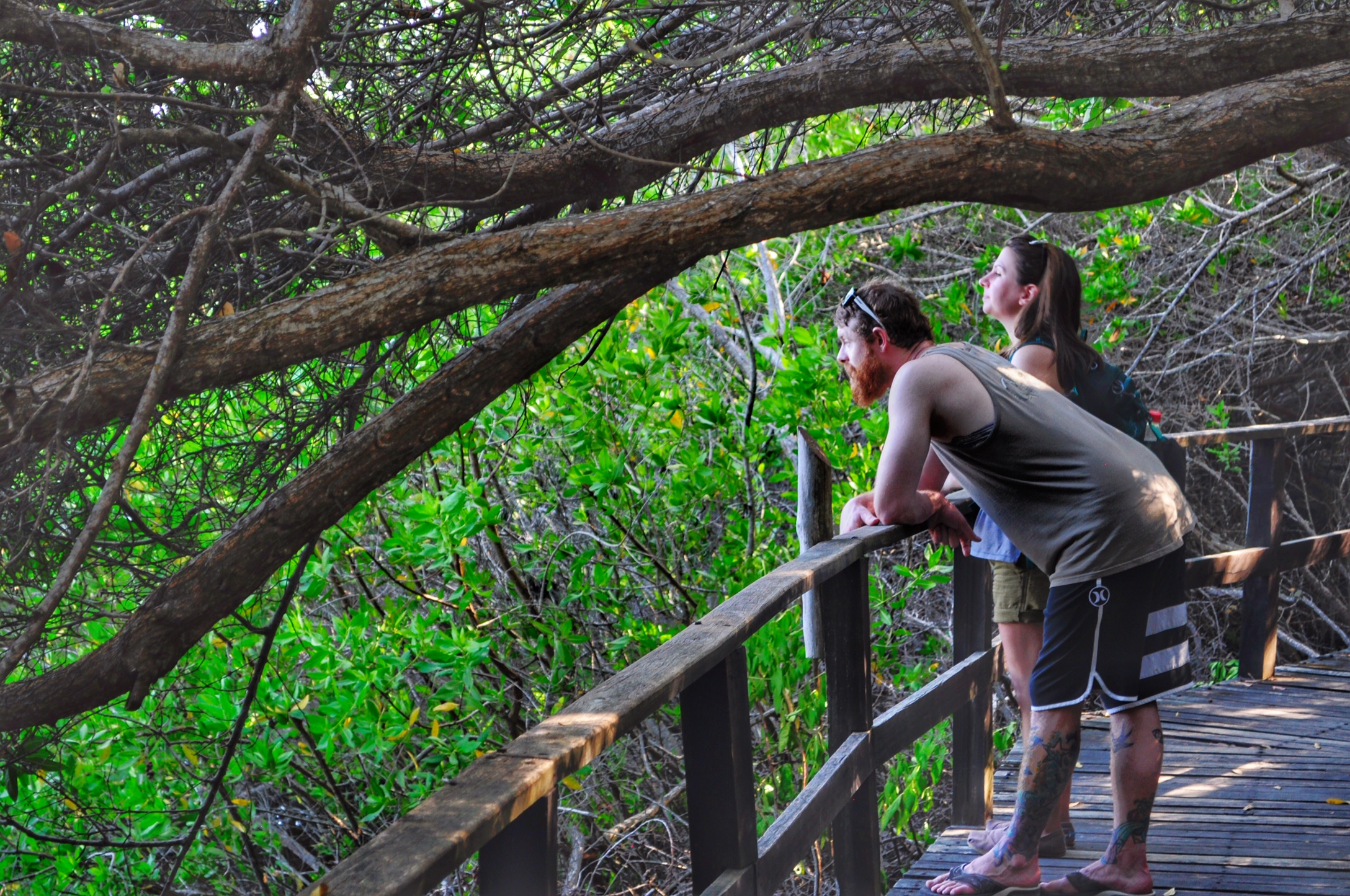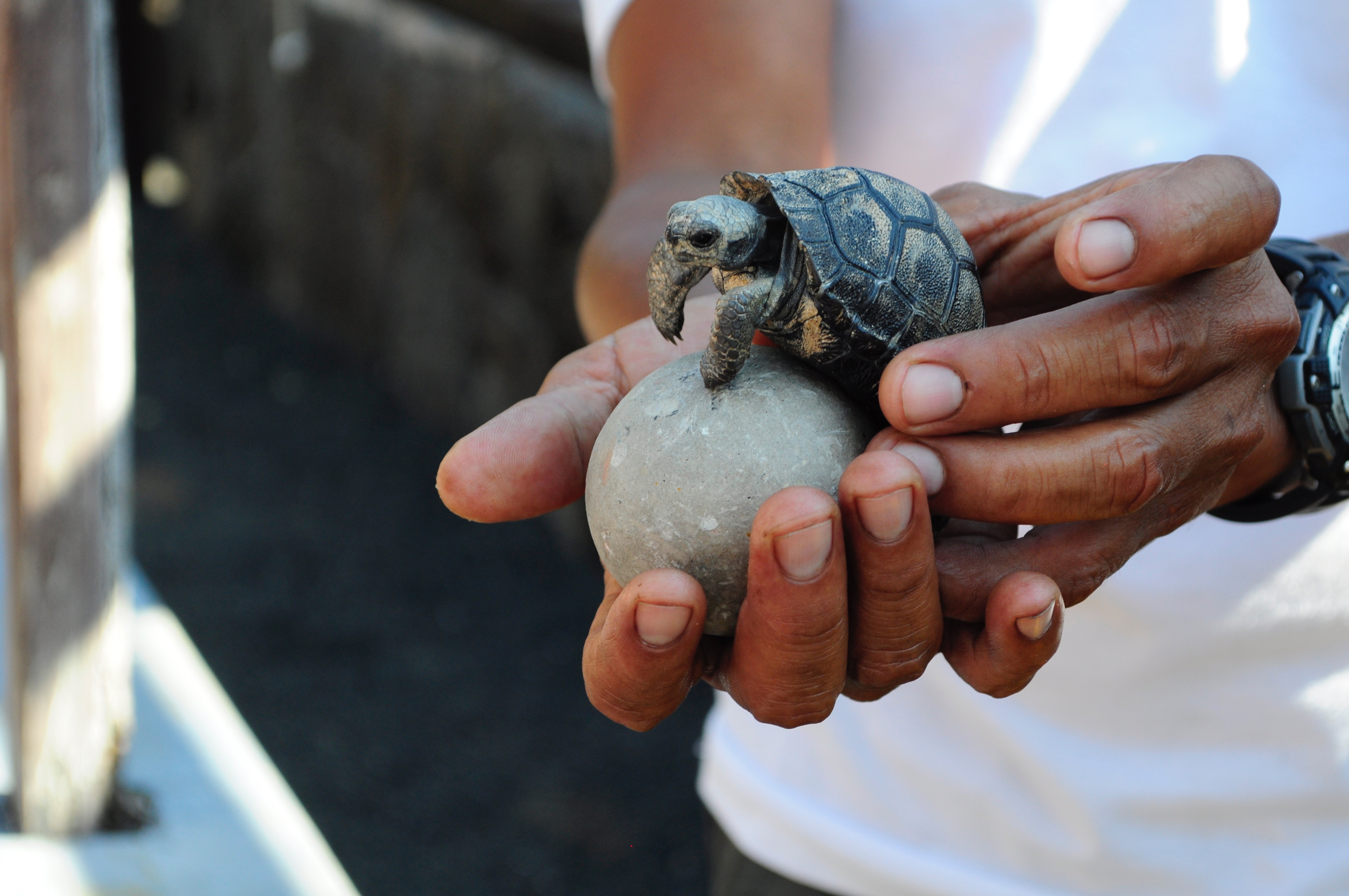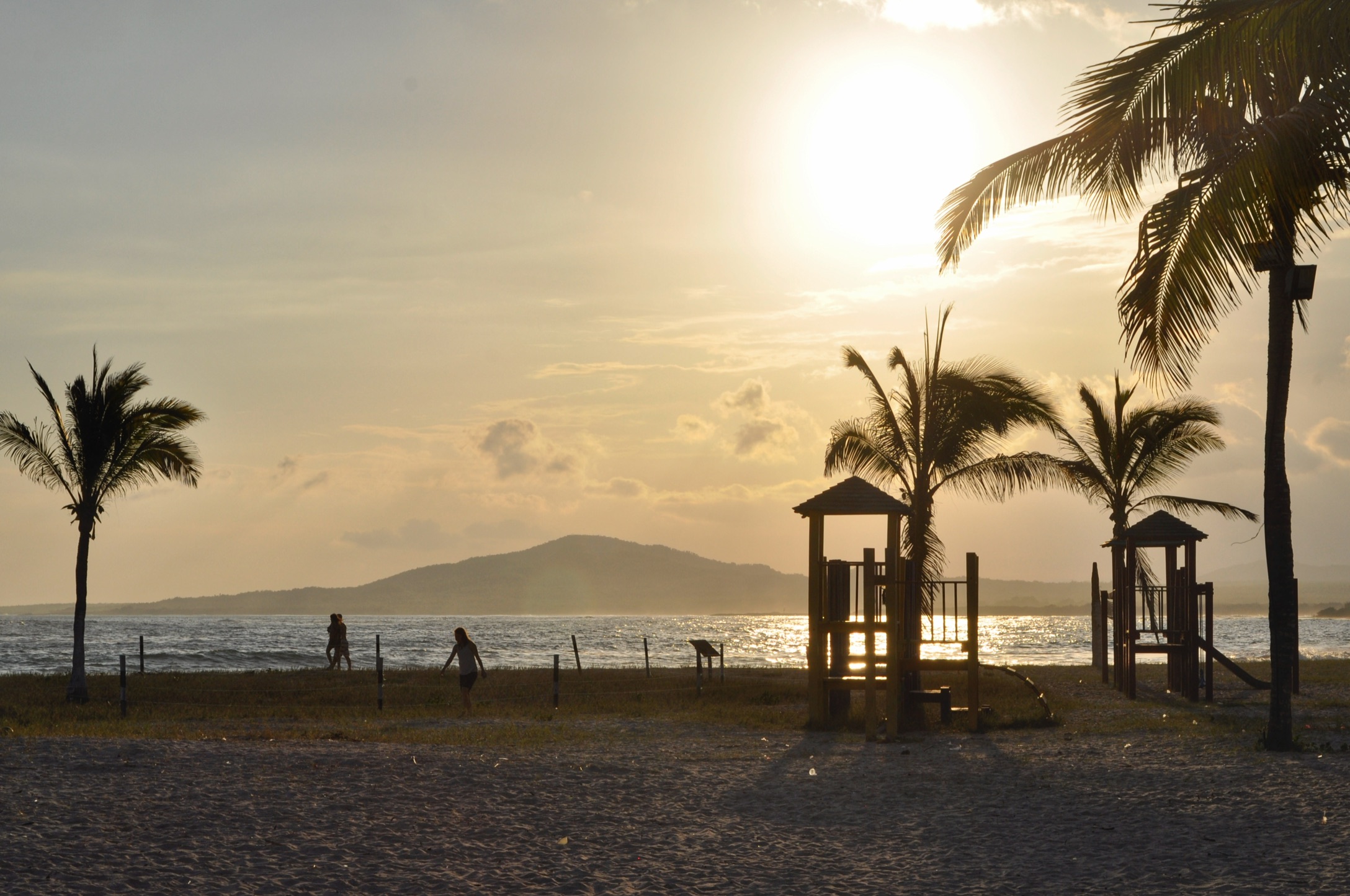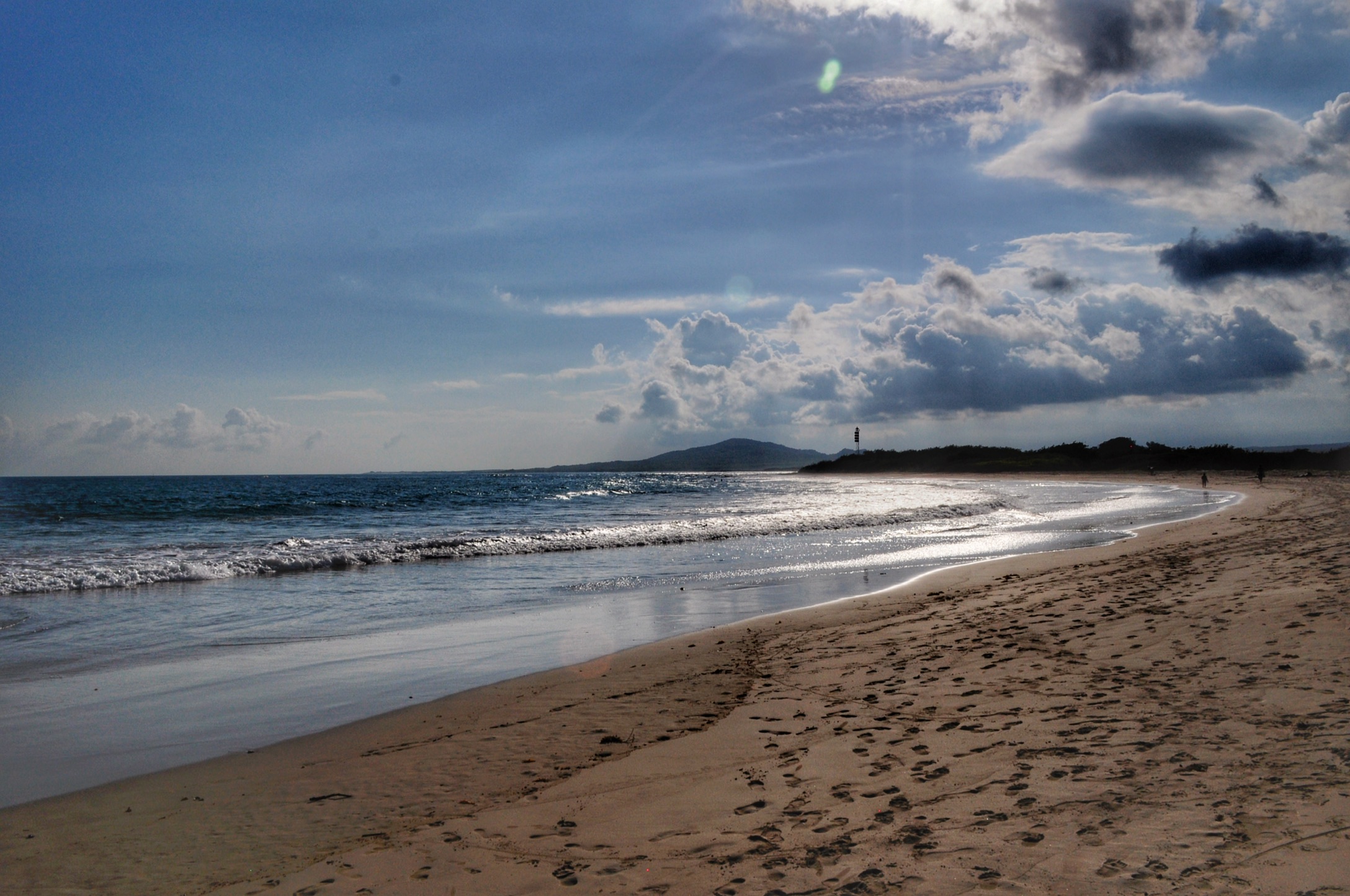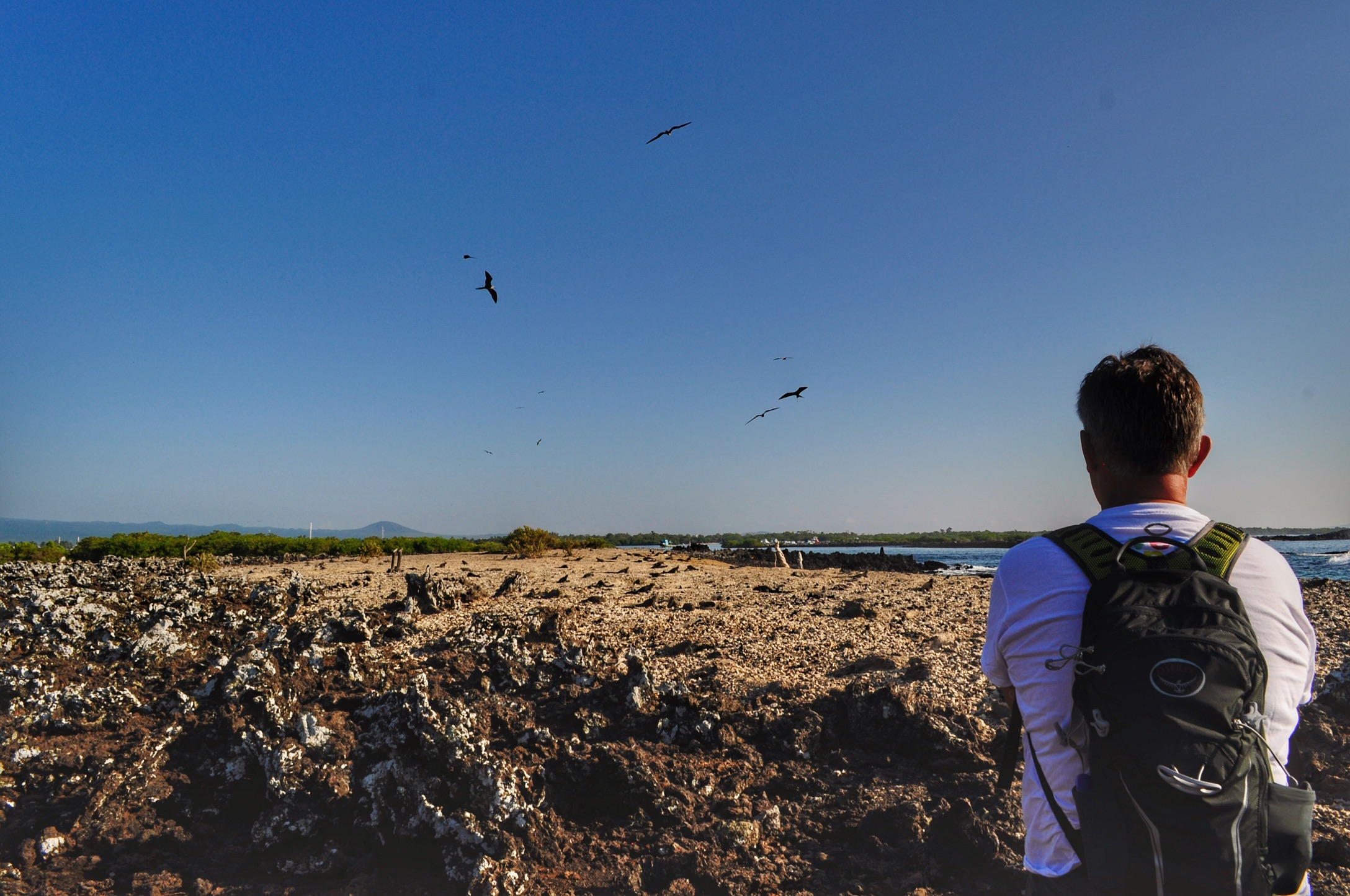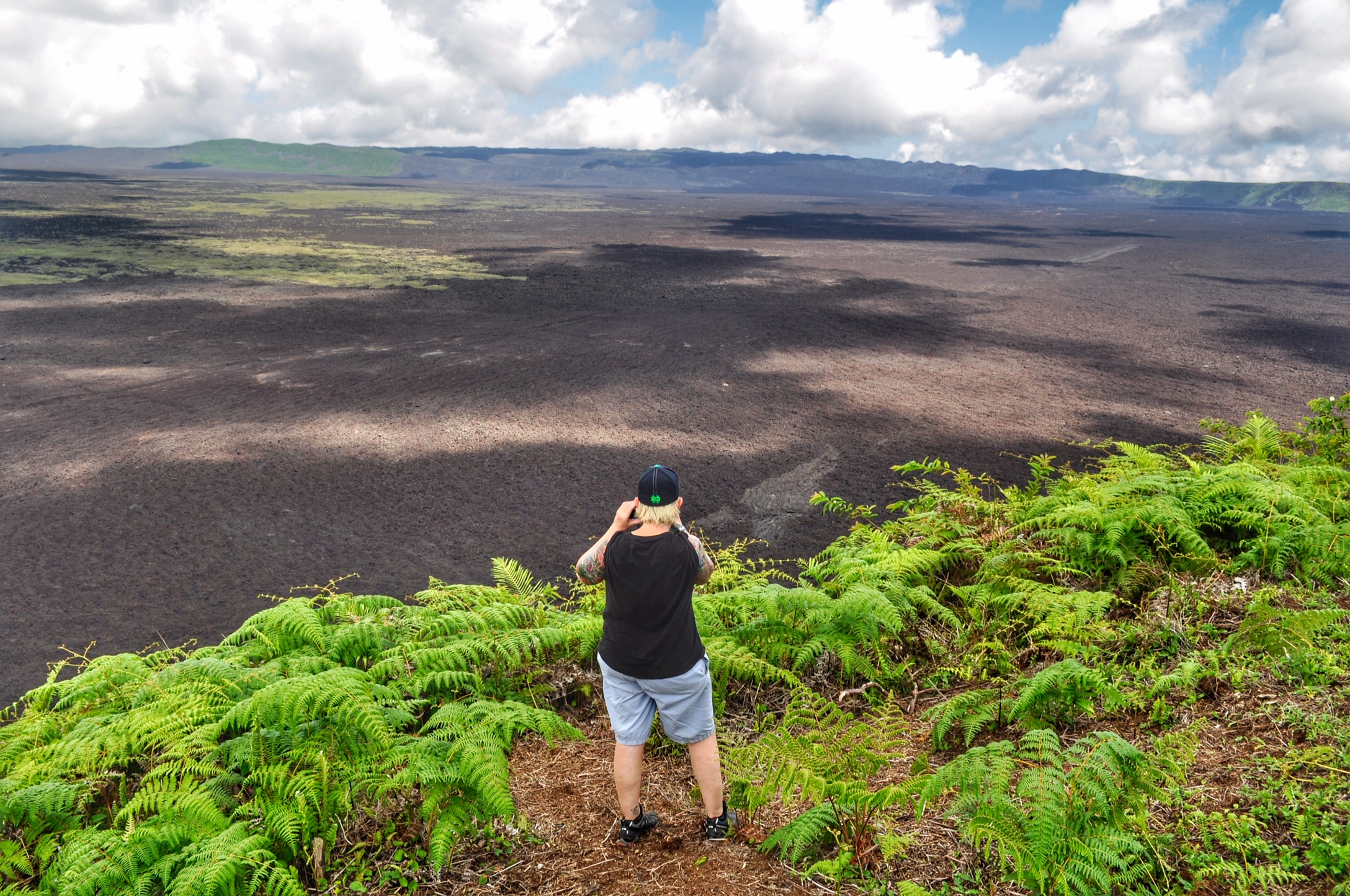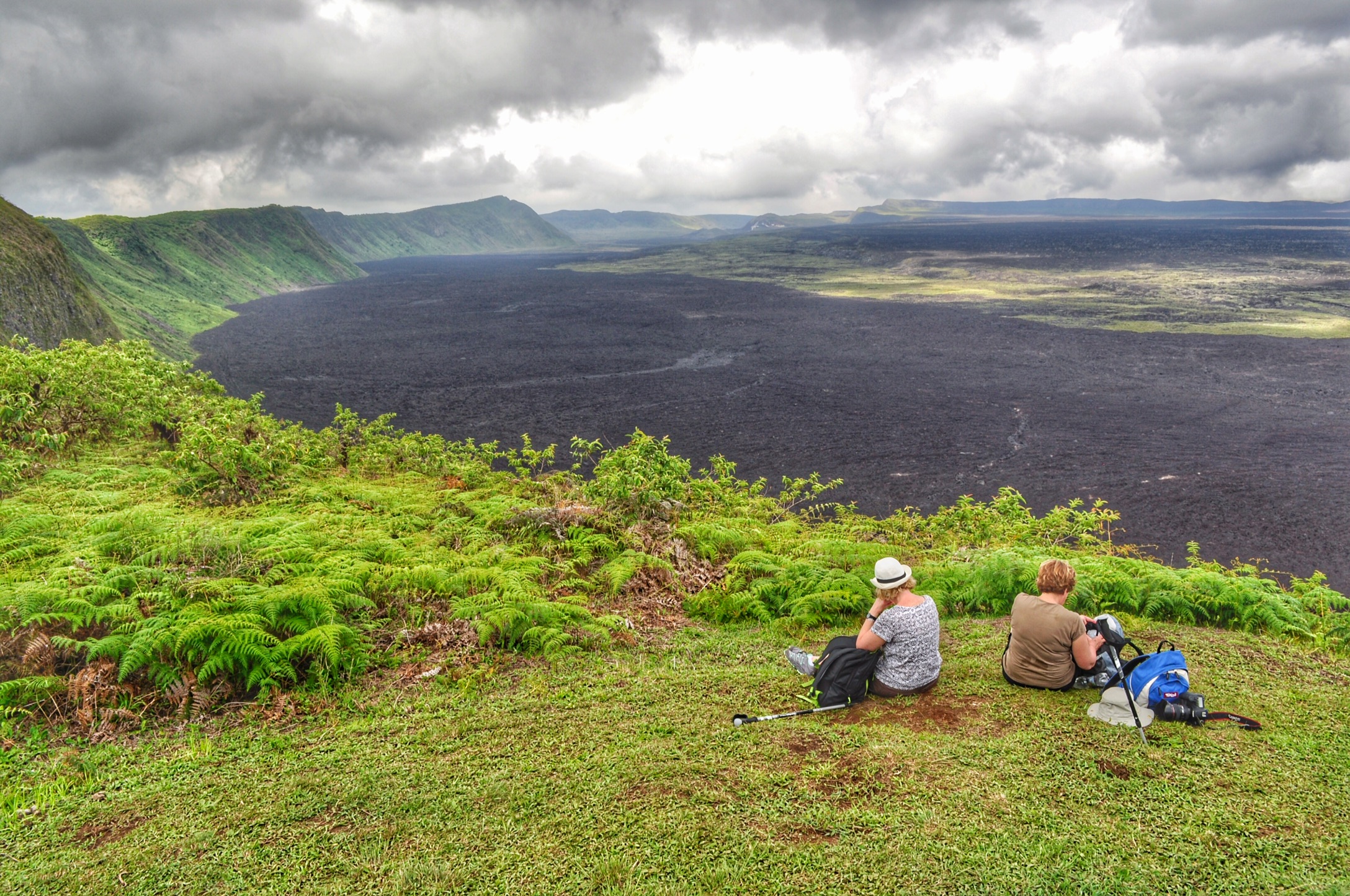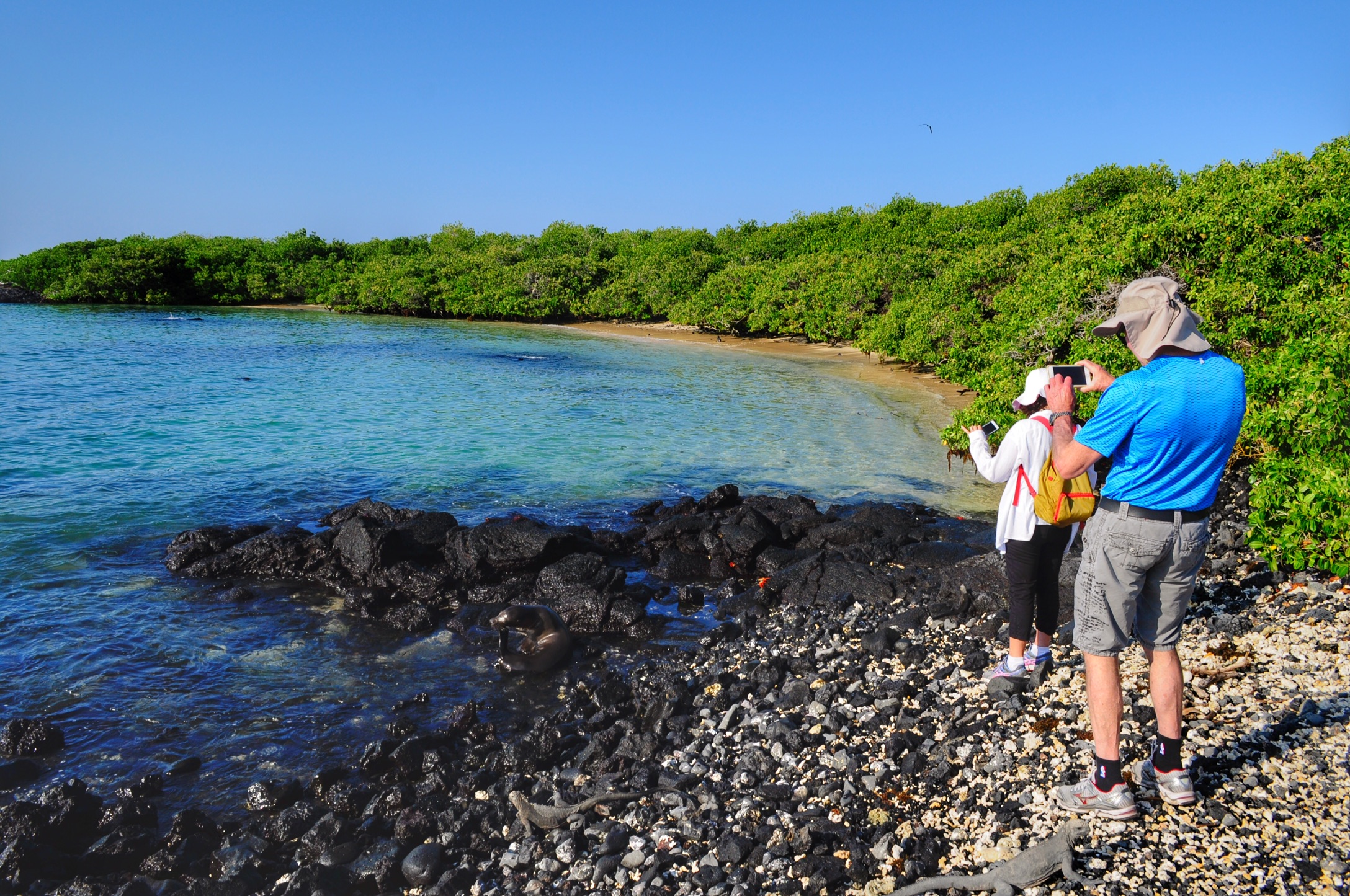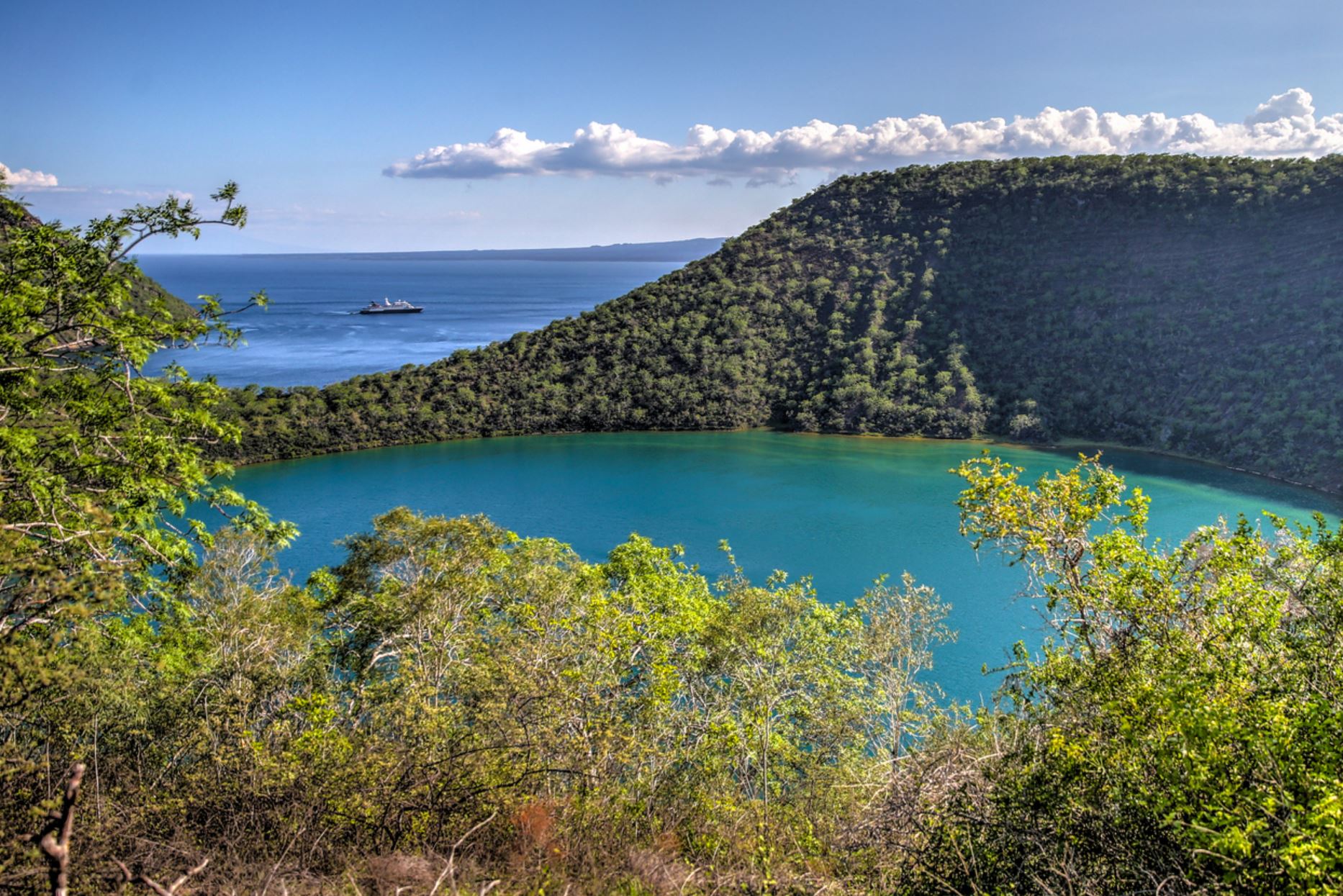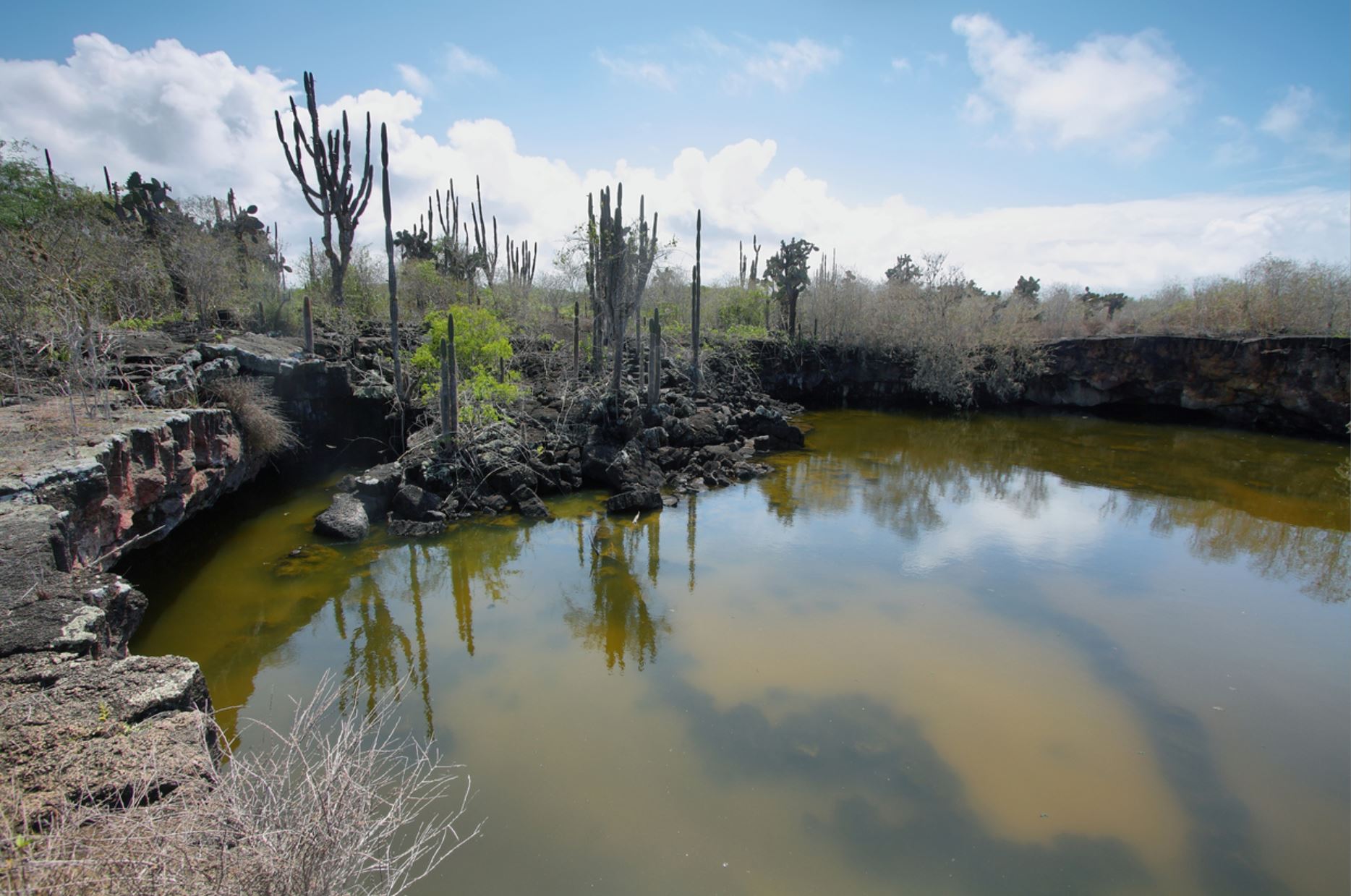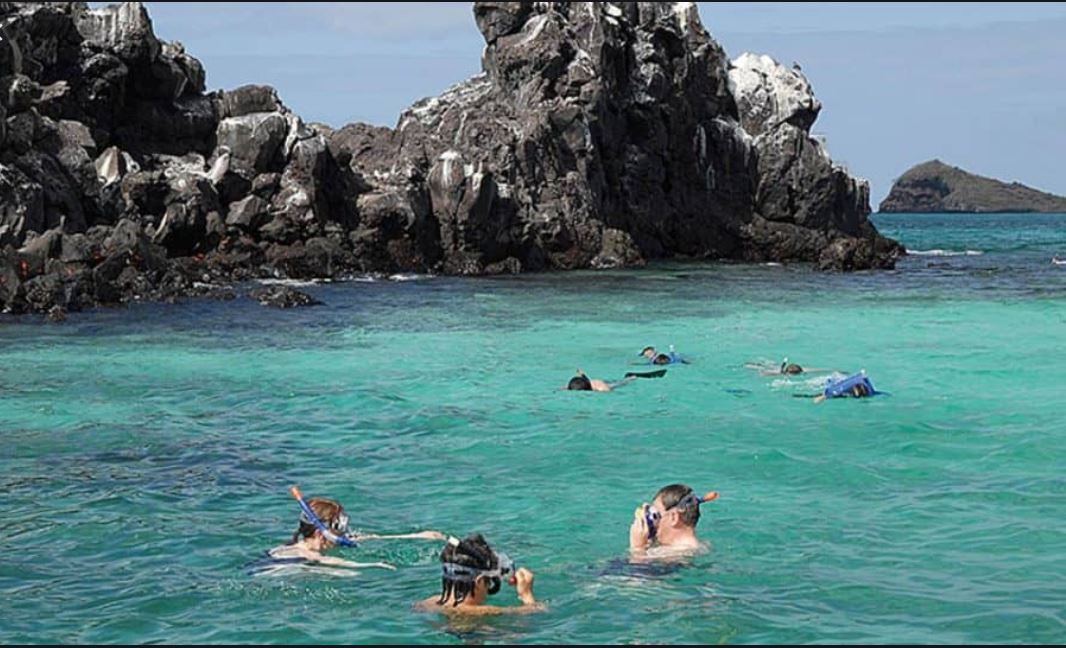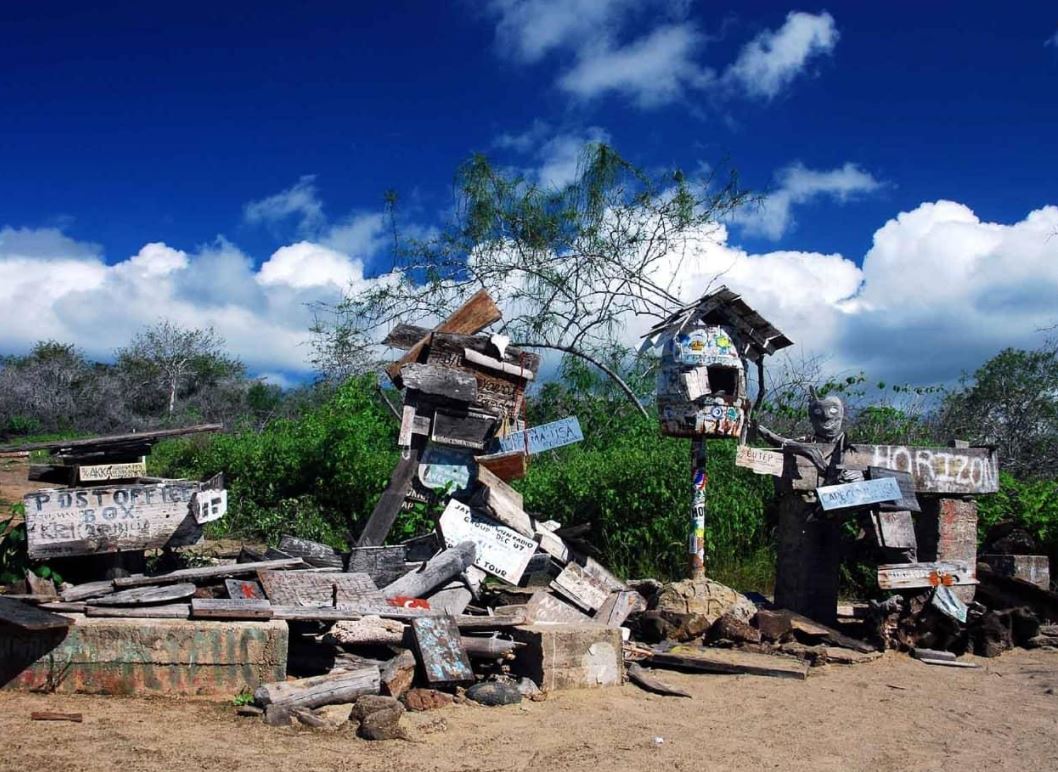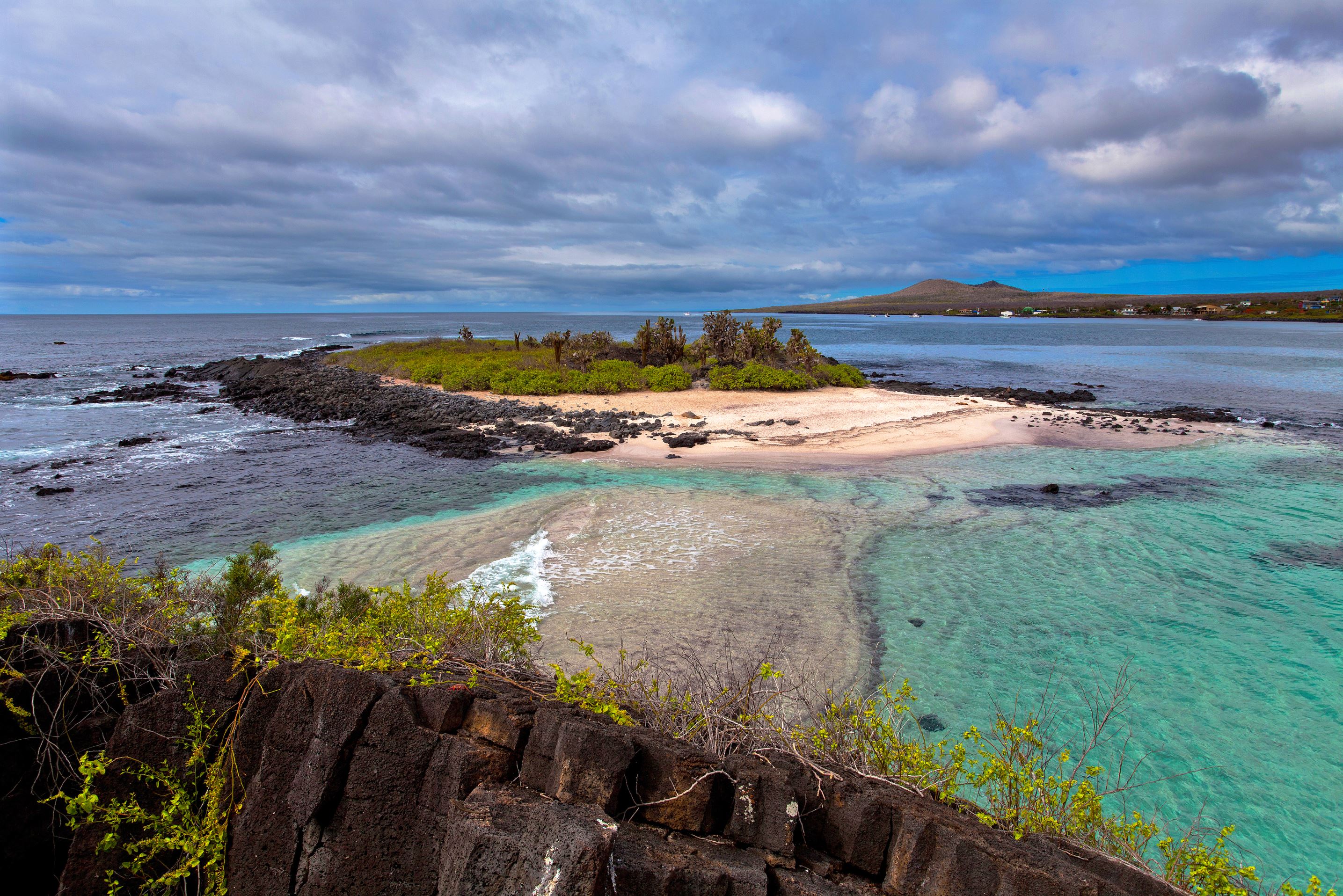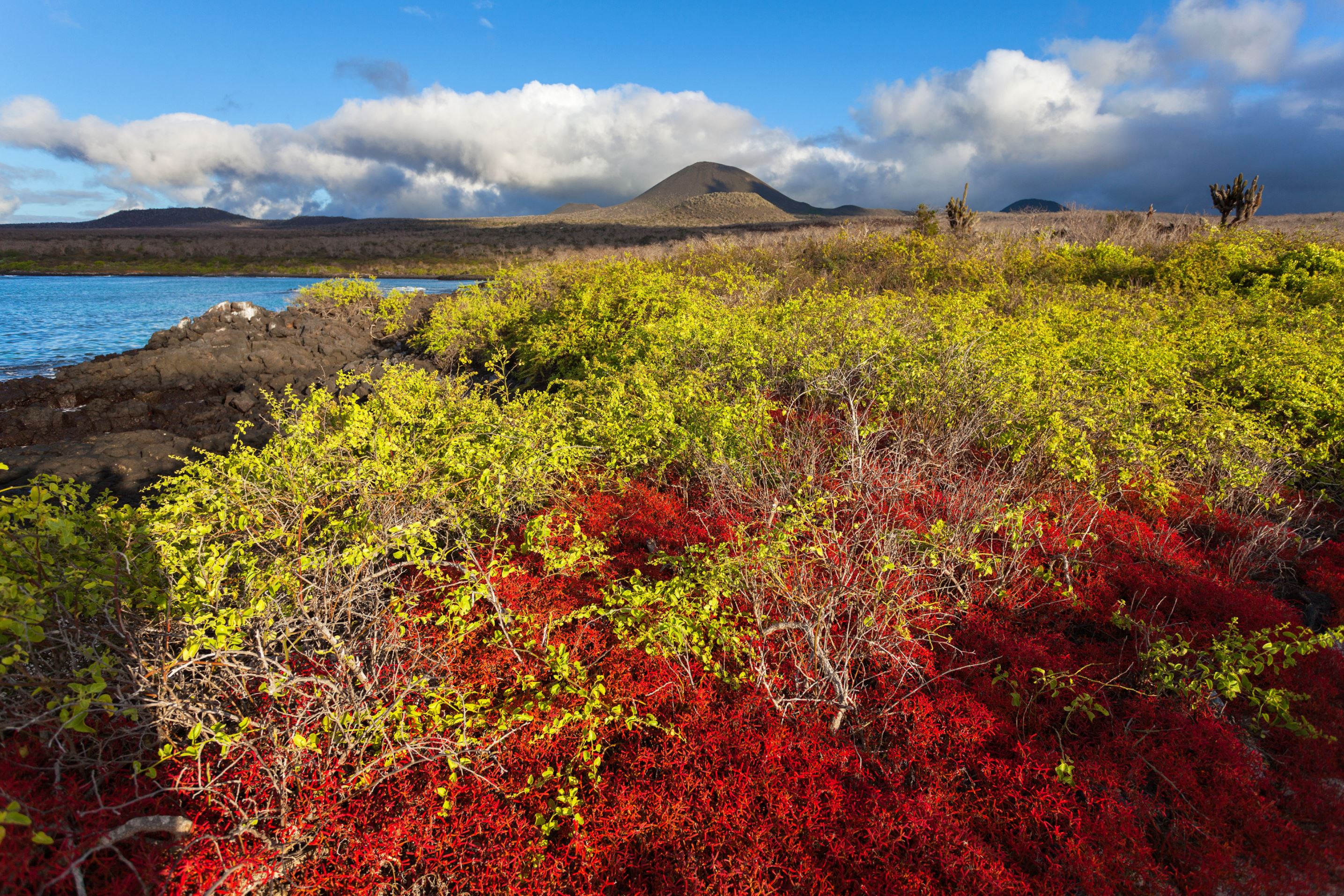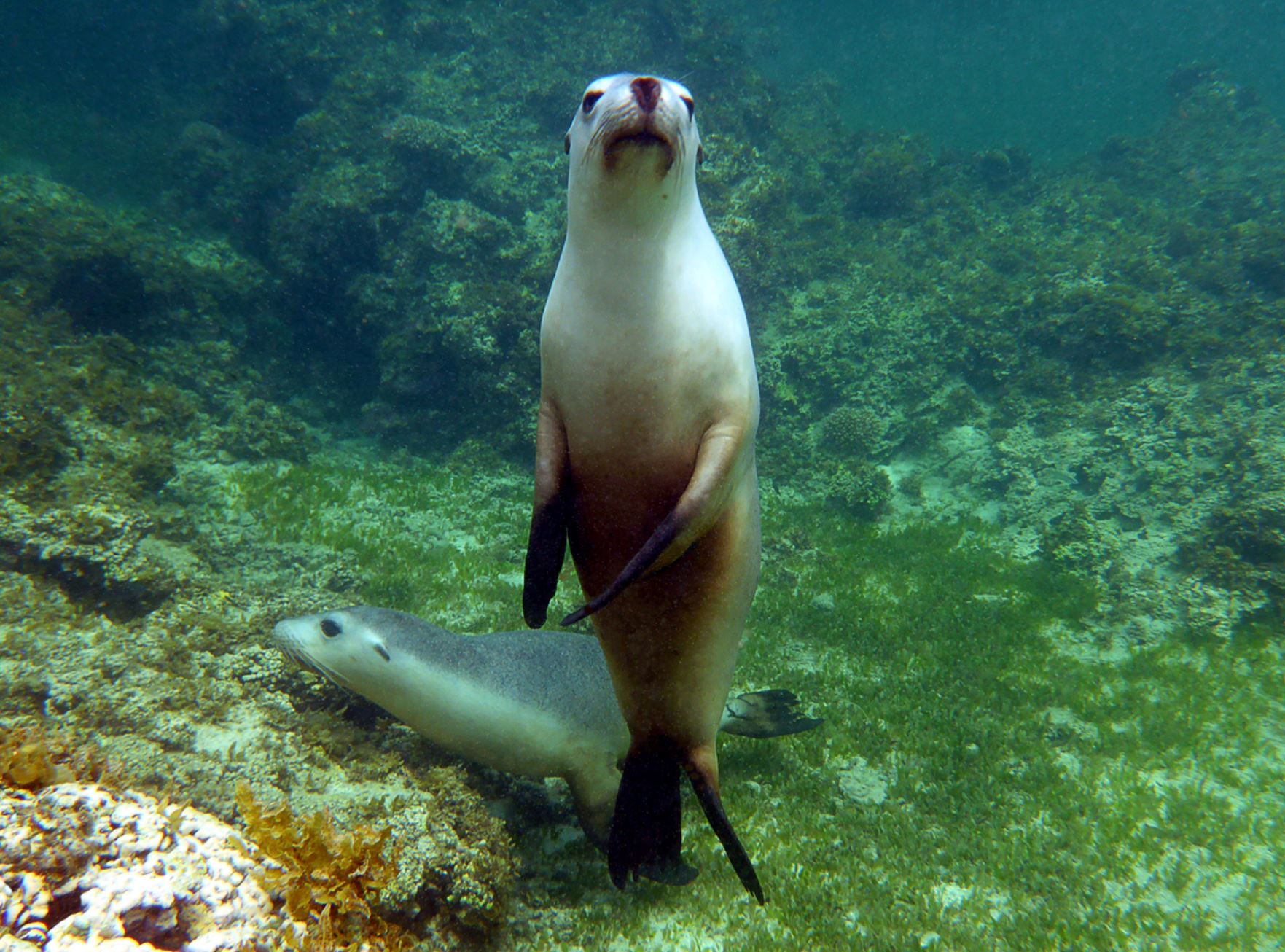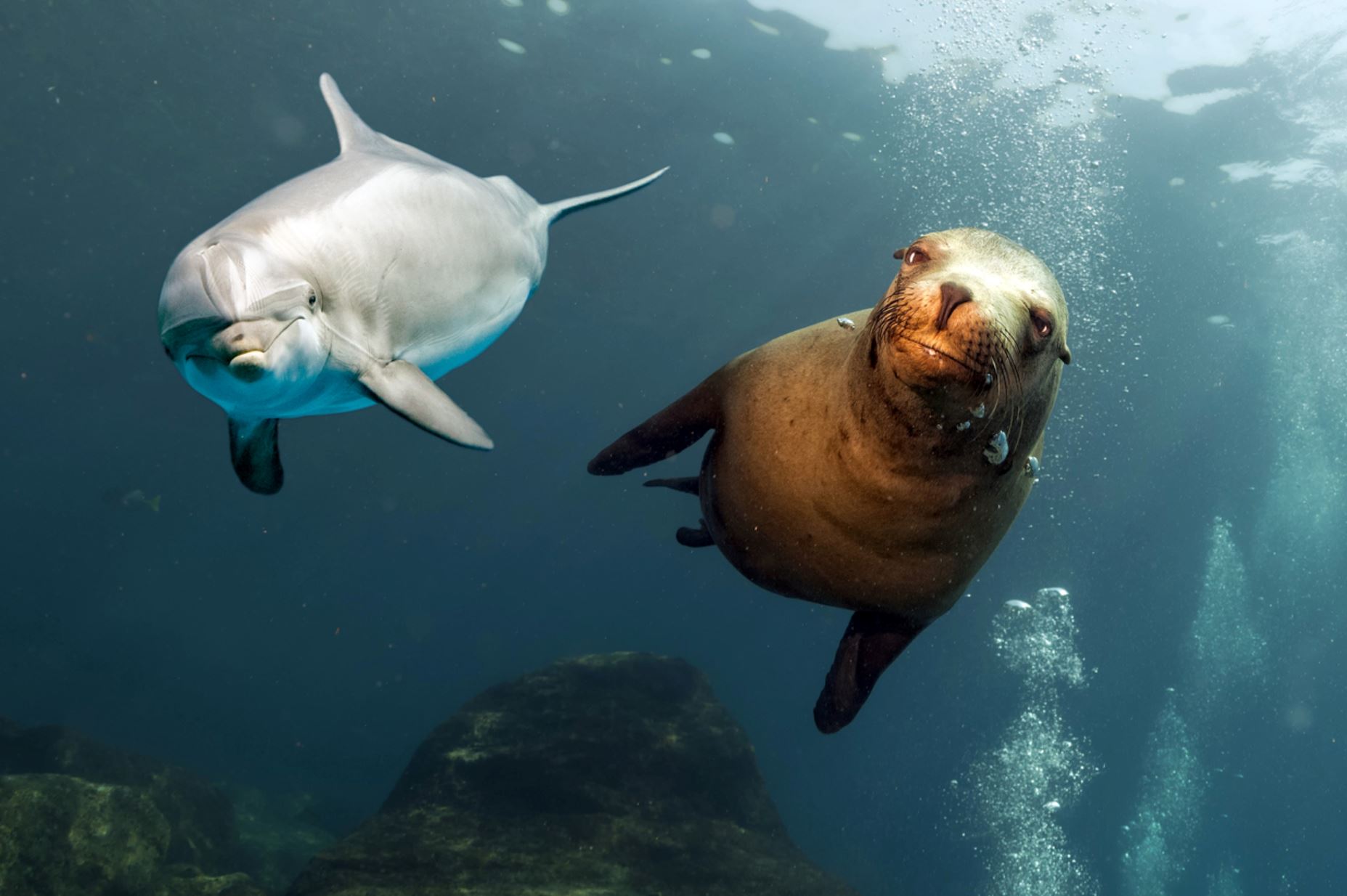Galapagos Sea Robin
The Galápagos sea lion (Zalophus wollebaeki) is a species of sea lion that breeds on the Galapagos Islands and, in smaller numbers, on Isla de la Plata (Ecuador). Being fairly social, they are often spotted sun-bathing on sandy shores or rock groups or gliding gracefully through the surf. Their loud bark, playful nature, and graceful agility in water make them the "welcoming party" of the islands. They are the smallest sea lion species and leave very often up to 400 m down the water.
- Animal Group: Otariidae
- Scientific Name: Zalophus wollebaeki
- Animal Average Size: 30 cm
- Animal Average Weight: 500 – 750 g
Isabela, Floreana
Pictures
Islands where you can see the animal with a little luck:
Isabela
The largest island of the archipelago and is easily recognized due to its shape that resembles a seahorse. Well known for having the second biggest active crater of the world in Sierra Negra Volcano (1.490 m), is located on the west of the archipelago and has one of the richest marine ecosystems. Isabela together with Fernandina are still located over the hot spot, causing volcanic activity until today, making them the youngest islands of the archipelago. Wolf Volcano had activity just last year giving visitors the chance to see how the islands grow and turn into what we know today.
It was formed into a big island mass by six volcanoes that in the beginning were six different islands, five of which are still active. Each one of them is populated by a different specie of Tortoise that used to live in a separated island.
Home of Penguins, Flightless Cormorants, Marine and Land Iguanas and many Marine Birds, Isabela also portrays the picture of the evolving process that these species went through in all different locations of the same island. Named Albermale by the English colonizers, it offers not only diverse ecosystems but also some of the most amazing landscapes and natural sights of the archipelago.
Small human population in the south of the islands. This is one of the four populated islands; about 2200 people live in Puerto Villamil. This town is the result of almost 300 years of interesting human interactions related to military plans and prison breakouts, and today is a welcoming site to explore and encounter the settlements that can tell the story.
Punta Vicente Roca visitor site is the best place to find the famous flightless cormorant. The evolution process that this specie went through can be observed on his behavior and environment on this location, providing evidence to understand Darwin’s theory of evolution. Located on the north side, the head of the sea horse is a very important marine productive area, hit by the Cromwell Current, offers the most extraordinary marine life so it is considered one of the best diving spots of the archipelago. Whales and sharks are often seen in our visits.
Bahia Urbina visitor site is located on the central west side of the island and is the only place of the archipelago where tortoises have been born and are still there, in other words, they are a natural, untouched population. All other have suffered migrations or problems with introduced species.
Visitors sites: Albemarle Point, Arnaldo Tupiza Tortoise Breeding Center, Cape Marshall, Concha de Perla, Cowley Islet, Elizabeth Bay, Las Tintoreras, Moreno Point, Puerto Viallmil, Roca Blanca, Sierra Negra Volcano, Tagus Cove, The Wetlands, Urbina Bay, Vicente Rock Point, Wall of Tears
Floreana
The first successfully populated island is located on the south east of the archipelago, and is formed by several eroded mountains. Today, less than 200 people populate the island.
Island of mystery. This island witnessed the visit of many sailors, whale hunters and many other adventurers that reached it in search of water, tortoises and even isolation. The dramatic story of the Baroness had place on its beaches and lagoon, and many travelers still today hear from strange events that took place here.
Post Office Bay: the messaging system of the pirates. This island still has a mailing system that was used back in the day by sailors and others that still today receive letters and post cards to be sent to all destinations by visitors that come to the location and leave one of their own.
This Island has very unique ecosystems all very different from each other that can be visited. The singular kinds of beach of different colors, the green and the white one, and the fresh water lagoon where flamingos can be observed during the hot season, gives this island a special place in the archipelago. Marine Turtles nesting, Sea Lions, and Blue-Footed Boobies are some of the highlights of the visit. On this location most flora and fauna are endemic even though there has been a populated town since 1832.
Charles Dawin Journey on Floreana. In this island, Darwin collects the Floreana Mockingbird, later to realize the difference in between the four species to be found in the archipelago and understand a pattern of evolution due to the adaptation differences from each other
Animals: Flamingos, red billed tropicbids, herons, hawks,turtles, sharks, stingrays
Plants: Scalesia Villosa, Lecocarpus Pinnatifidus, Nolana, Sea Grape.
Visitor sites:
Asilo de la Paz, Baroness View Point, Champion islet, Cormorant Point, Devils Crown, La Loberia, Post office Bay, Puerto Velasco Ibarra
Mr. Frobeen can give you precise information about the ships.
Mr. Frobeen will be happy to advise you by phone at +49 (0)7633 9399360 or via email info@frobeen.de
If you want to book, what are the payment methods?
The reservation is gratis as an option.
If you want to make an fixed booking, there is to pay a deposit of 20%.
The remaining payment is due 4 weeks before departure. In individual cases, such as diving cruises, other rules apply. Information on request.
- Your payments are insured against bankruptcy!

